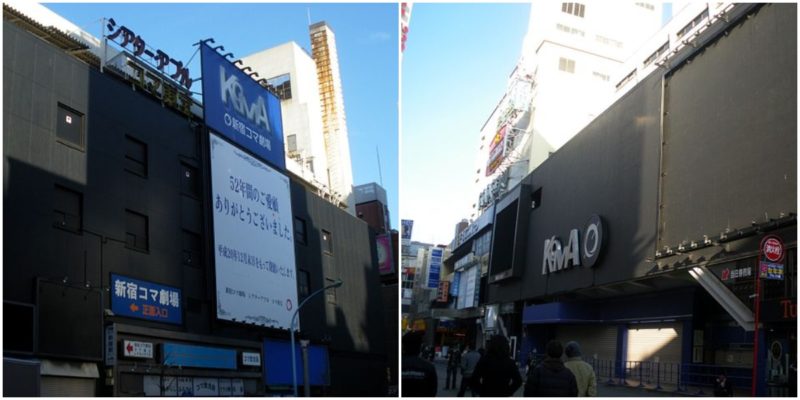Shinjuku Koma Theater is located in the Kabukicho district of Tokyo, also known as Tokyo’s red light district. This theater is known throughout the world as a first-rate music and performance venue. For many decades, it was the epicenter of entertainment for all of Japan. Thousands and thousands of great magicians of music rocked and shook the very foundations of Koma’s glorious stage, all the while representing the best of Japanese music and dancing traditions.
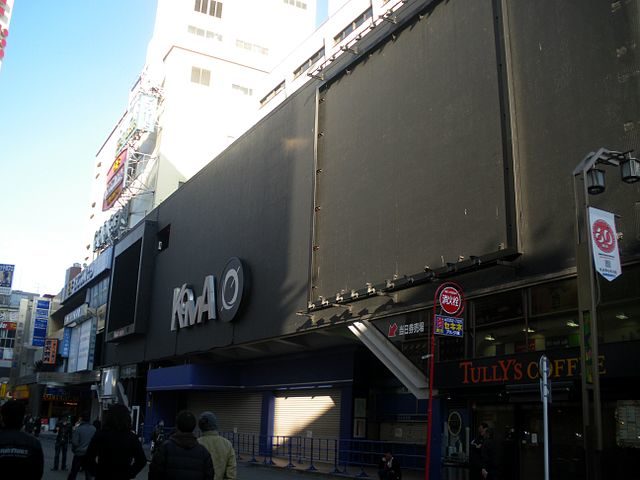
Before the theater changed its name to Shinjuku Koma, it was just a small theater originally part of the Children’s Hall and the Outdoor Theater, which were just two of the many attractions inside the Tokyo Industry and Culture Expo, which took place during the early 1950s. In 1955, the Tokyo Expo closed. The venue’s doors were locked and the site was sold to another company.
The new company decided to invest in the premises, renovating the existing theaters and building some anew. By the time they were done with the place, in October 1956, no one could remember how the previous theaters had looked. The last part of the renovations was reserved for Shinjuku Koma Theater, which was to be the grand jewel of the lot. It took three more years to finish and was officially opened in 1959.
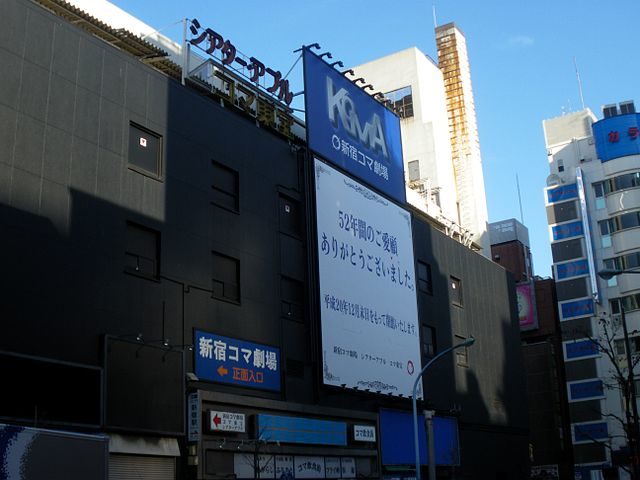
Initially, it was run by Kobayashi Kazuho, who was the founder of the Hankyu Toho Group – the company that bought the venues. Once it was built, it was the biggest venue in the metropolitan area, with 2,088 seats in total.
The second biggest theater in Japan at the time was its sister theater in Umeda. The design of Koma Theater was mostly inspired by the old Greek style theaters – particularly the stage that could rotate in three concentric circles.
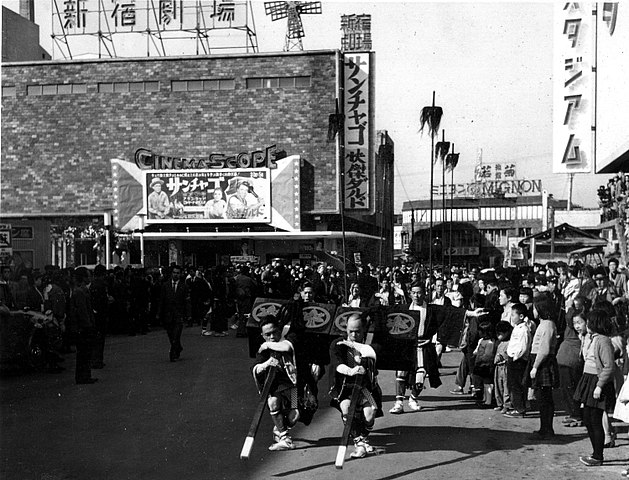
The opening night was celebrated with the movie musical Oklahoma, directed by Fred Zinnemann. It was packed and people were even sitting even on the stairs. However, after the opening night, Shinjuku Koma Theater hosted more traditional evenings of entertainment. Most often, its stage was reserved for Kabuki plays, traditional music performances, and Enka performers.
The general feeling in the audience was one of serenity and joy. This kind of entertainment attracted both locals and tourists in great numbers. By the mid-1980s, the theater received an honorary award by the country and entered the “Enka hall of fame” due to the huge number of Enka performers that had set foot on the stage.
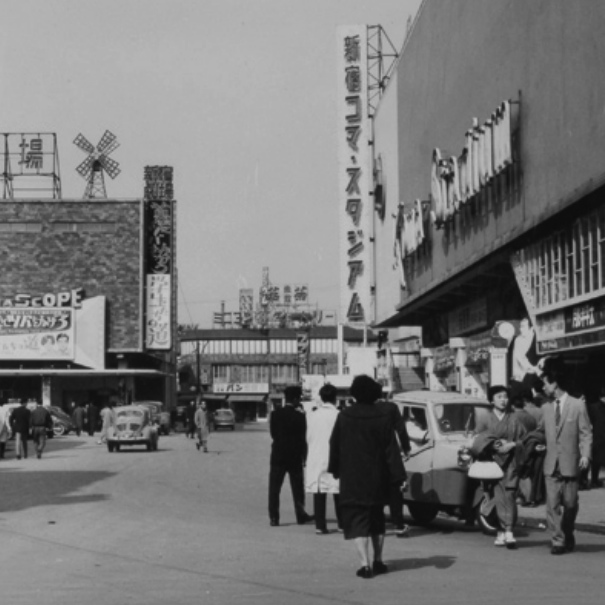
Later in the 1980s, the crazy wave of J-pop singers swept the tradition right off the stage. At this time, the venue was rocking to the sounds of singers and idols such as Asaka Yui, who had a great concert on July 22nd, 1988. In the years to come after the wild 80s, Koma Theater became a home to the Dream Jumbo Lottery, which was one of the most popular televised live shows in Japan at the time.
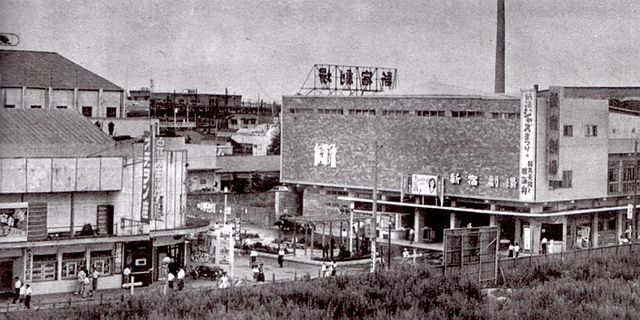
The beginning of the 1990s was hard for Koma Theater. With new, bigger and better-equipped venues opening around it, Koma started to lose its popularity very fast. Another reason for its decrease in popularity was a general feeling that it was outdated. Old Japanese singers performing was not what the younger generations wanted. To stay afloat, the management was forced to decrease the number of employees and to reduce the costs of tickets for the shows.
These tactics did not produce the desired results. Koma Theater continued to fall in popularity and was looking more and more desperate for renovations as the years passed by. Finally, on May 28th, 2008, after 5 decades and 2 years of existence, the owners announced the theater’s last performance. It was held on New Years Eve (2008/2009) and was broadcast live on national TV.
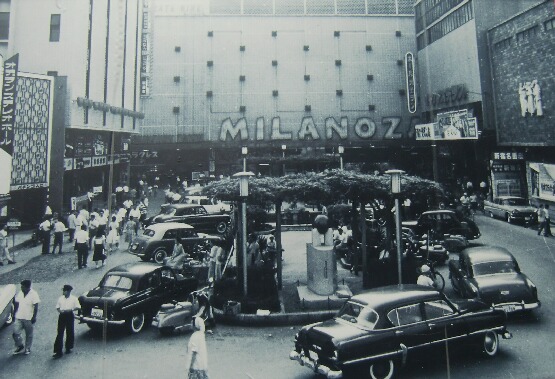
In 2009, Shinjuku Koma Theater was demolished. Three years later, it was announced that a new building complex would be erected on the site that would include large multiplex cinemas and an adjacent hotel.
The veteran Japanese singer Saburo Kitajima, on his last performance in the Koma Theater, said the following: “For 39 years, these walls and lights have supported my performance. The theater is something like my old friend who is leaving for a long journey, which is sad. I must say ‘thank you’ to the theater.”
